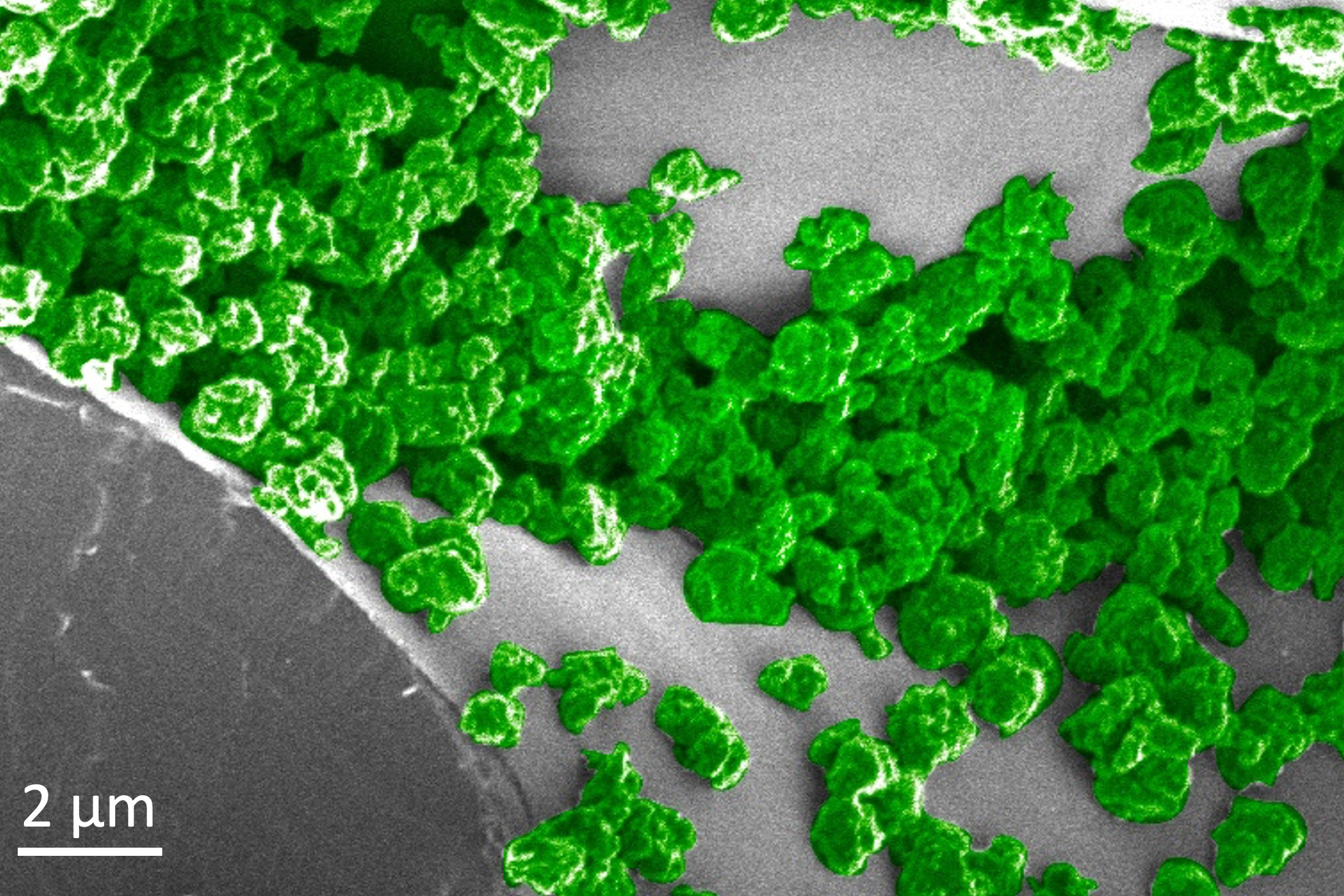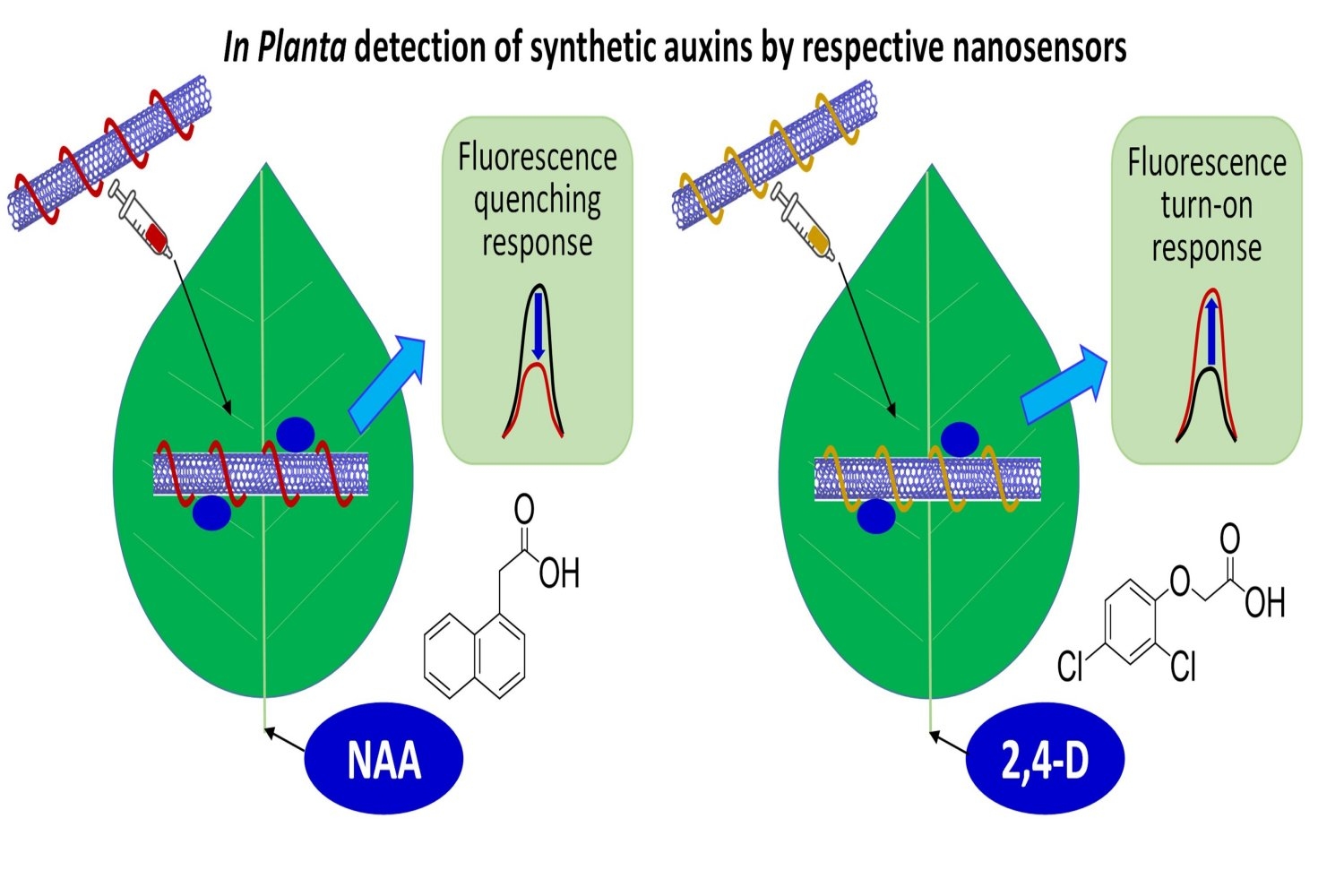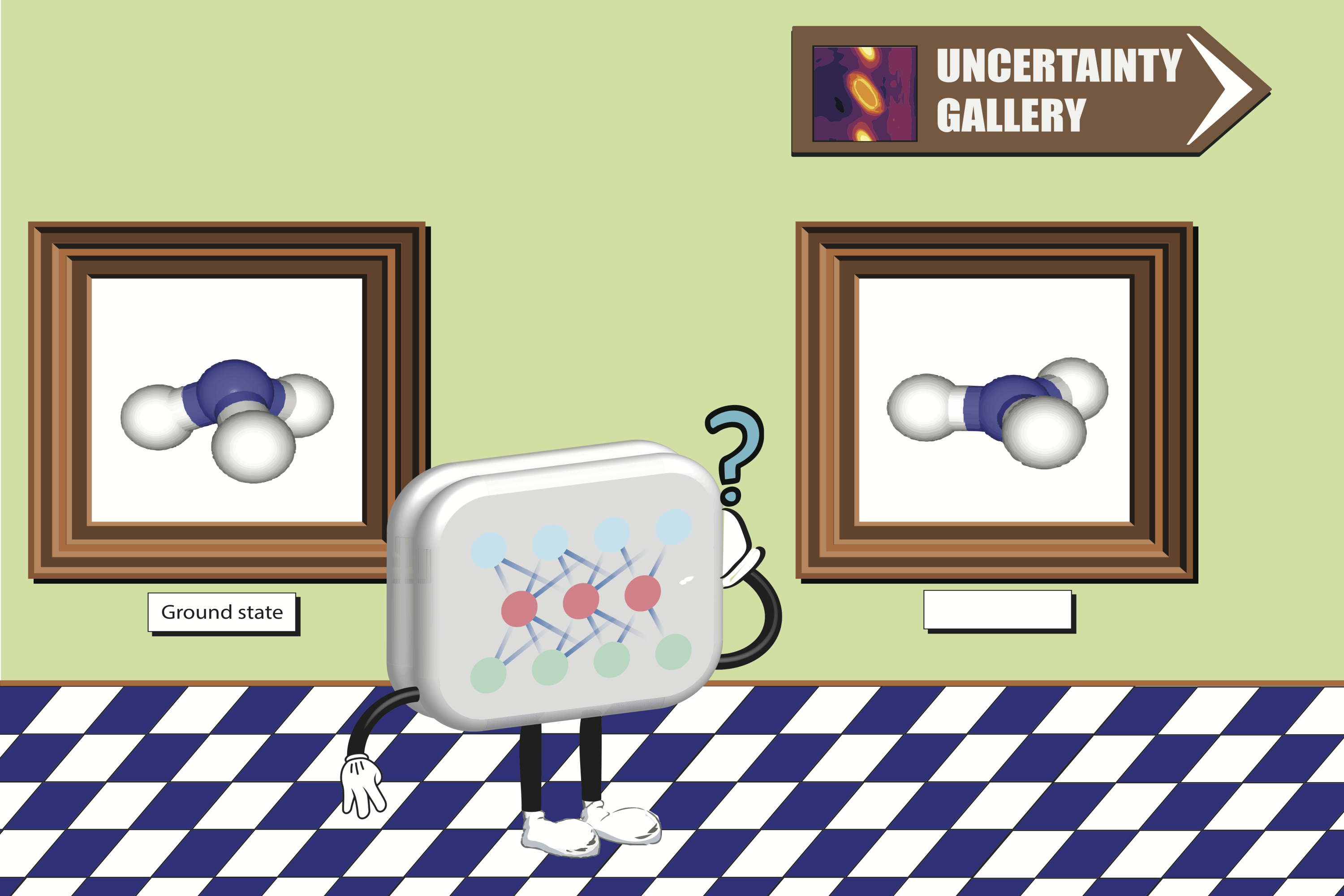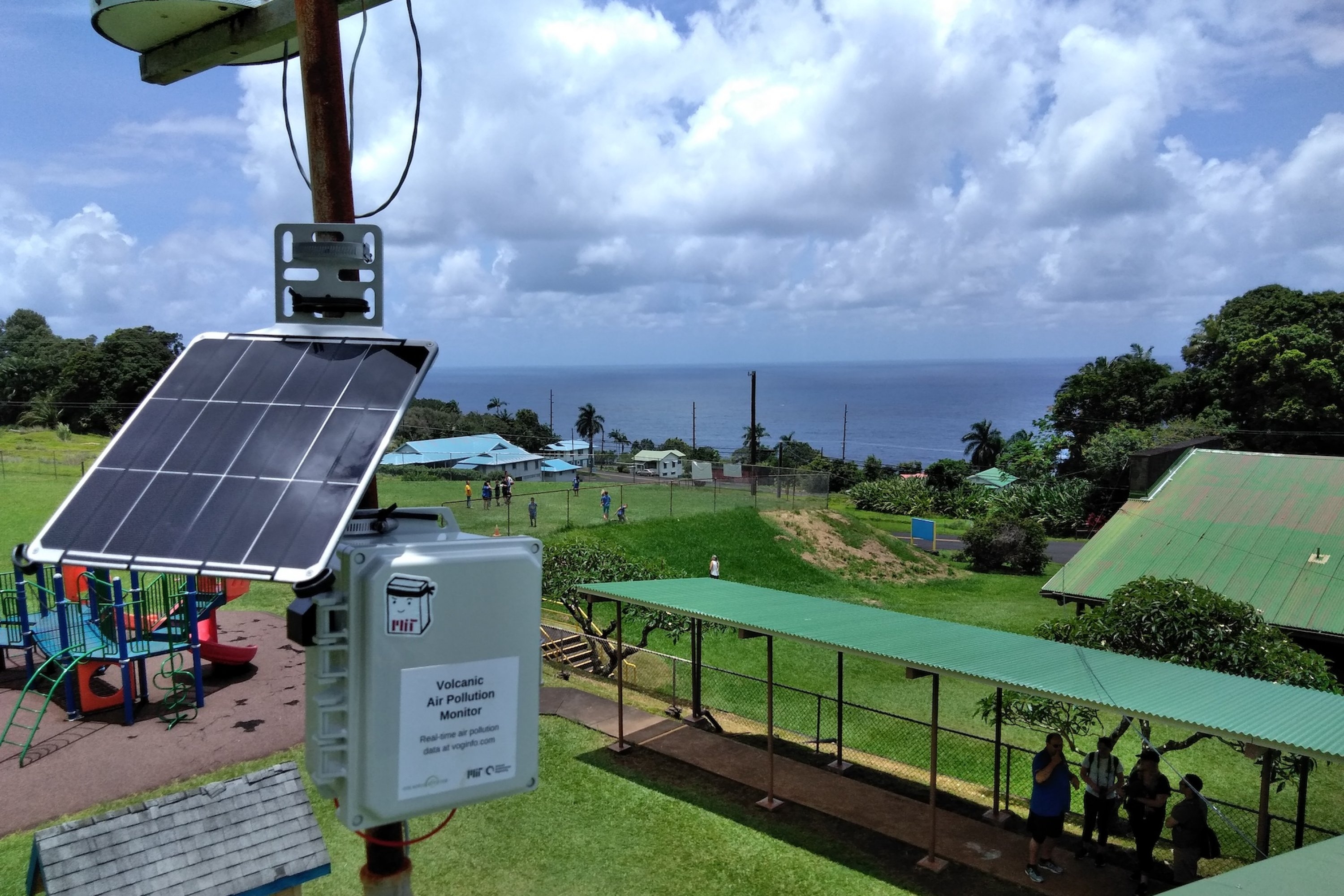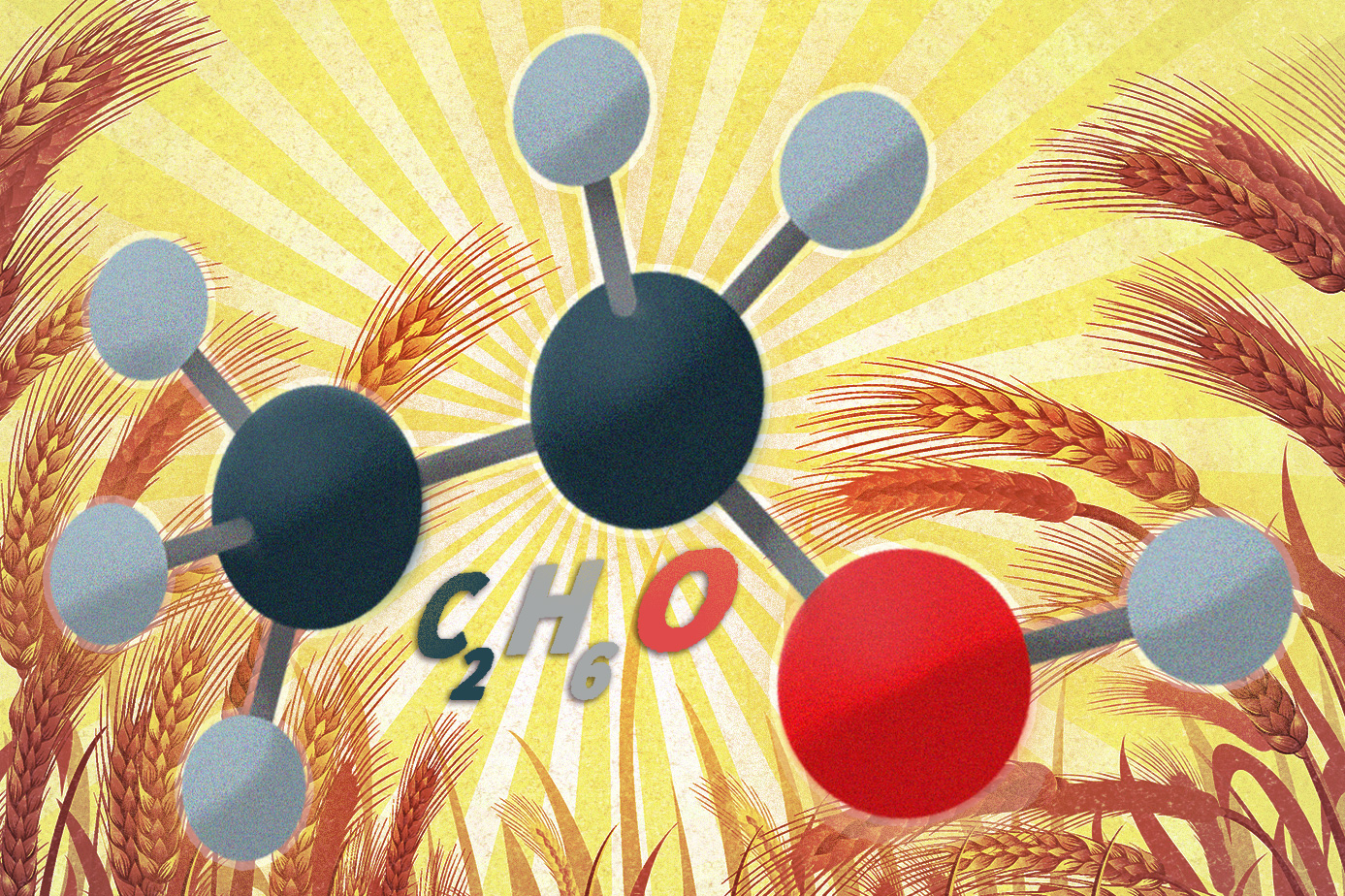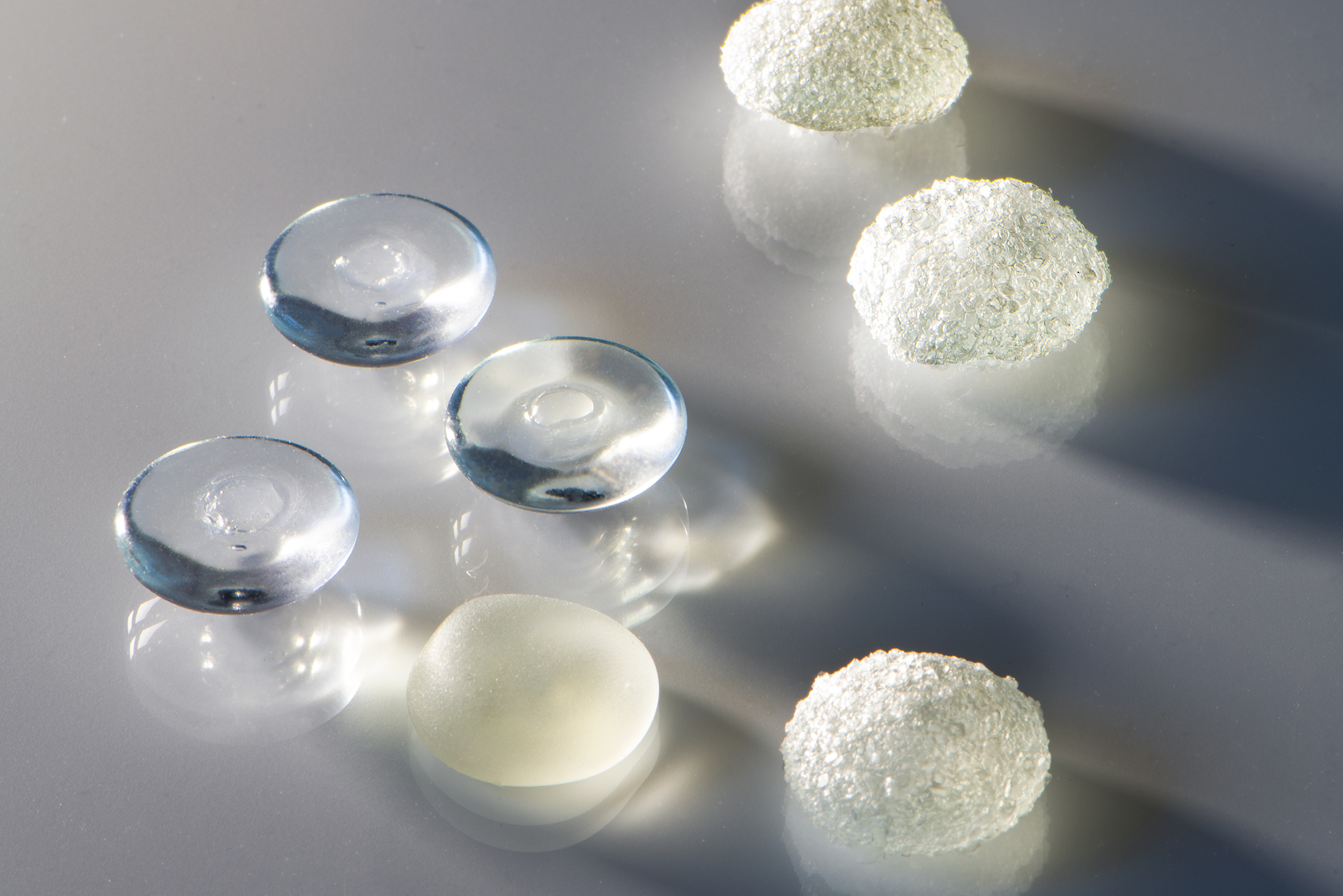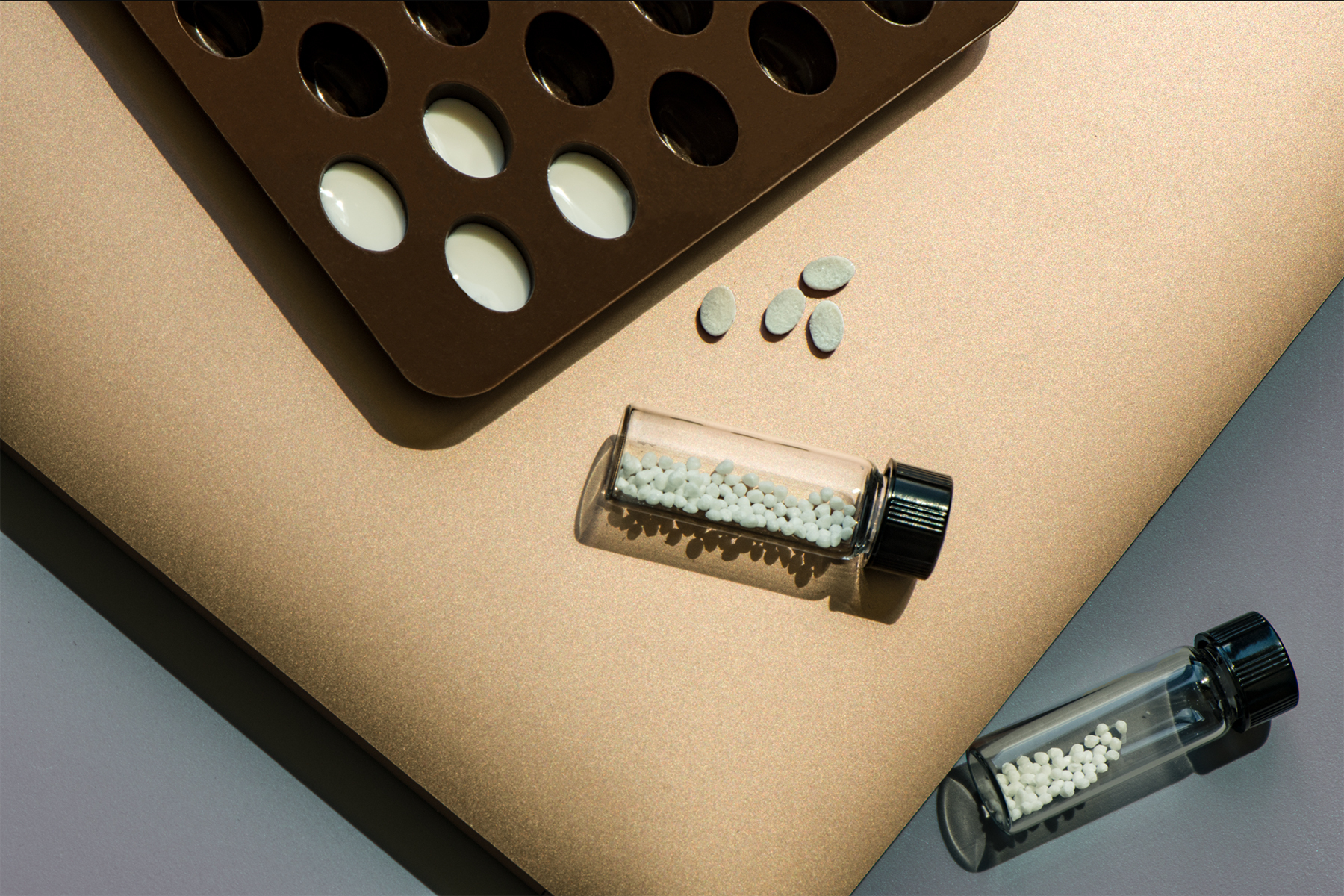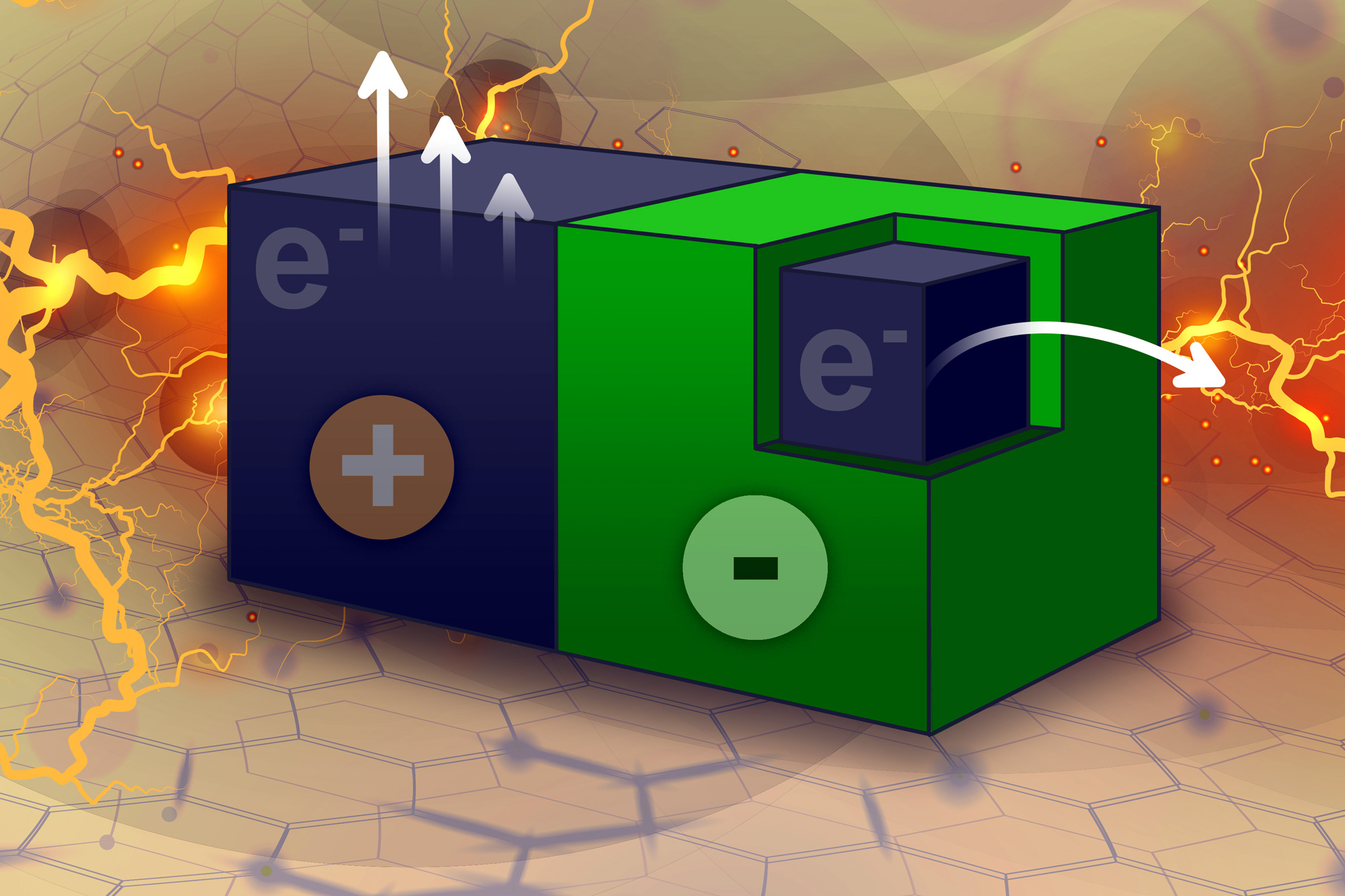The EPA is banning chlorpyrifos, a pesticide widely used on food crops, after 14 years of pressure from environmental and labor groups
What kind of evidence does it require to get a widely used chemical banned? A professor of medicine and former state regulator explains how the case for chlorpyrifos as a threat to public health developed.
Gina Solomon, Clinical Professor of Medicine, University of California, San Francisco •
conversation
Aug. 24, 2021 • ~12 min
Aug. 24, 2021 • ~12 min
Geometrically baffling ‘quasicrystals' found in the debris of the first-ever nuclear blast
The quasicrystals were 'accidentally' synthesised during the first test of a nuclear bomb in July 1945.
Robert A Jackson, Reader, School of Chemical and Physical Sciences, Keele University
• conversation
June 2, 2021 • ~7 min
June 2, 2021 • ~7 min
/
61

